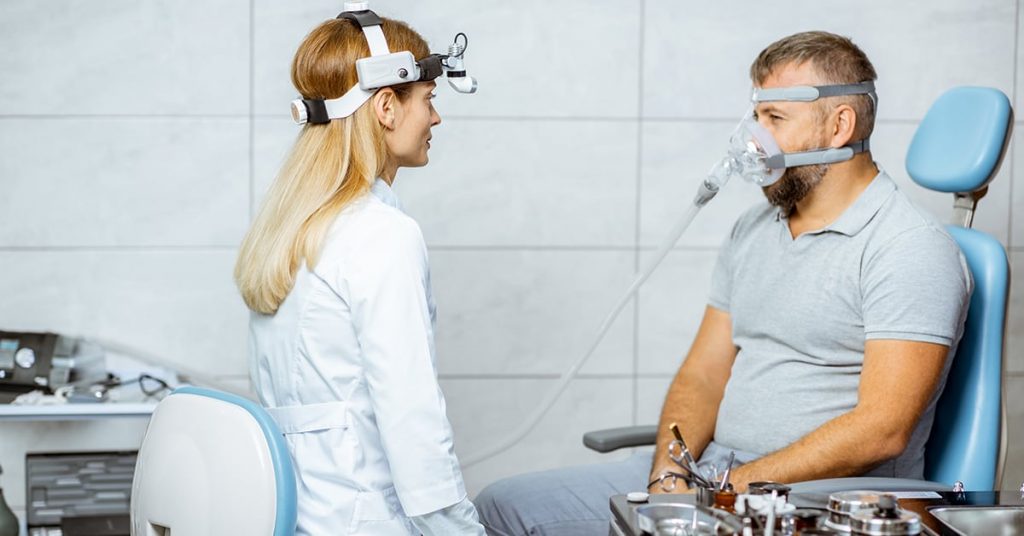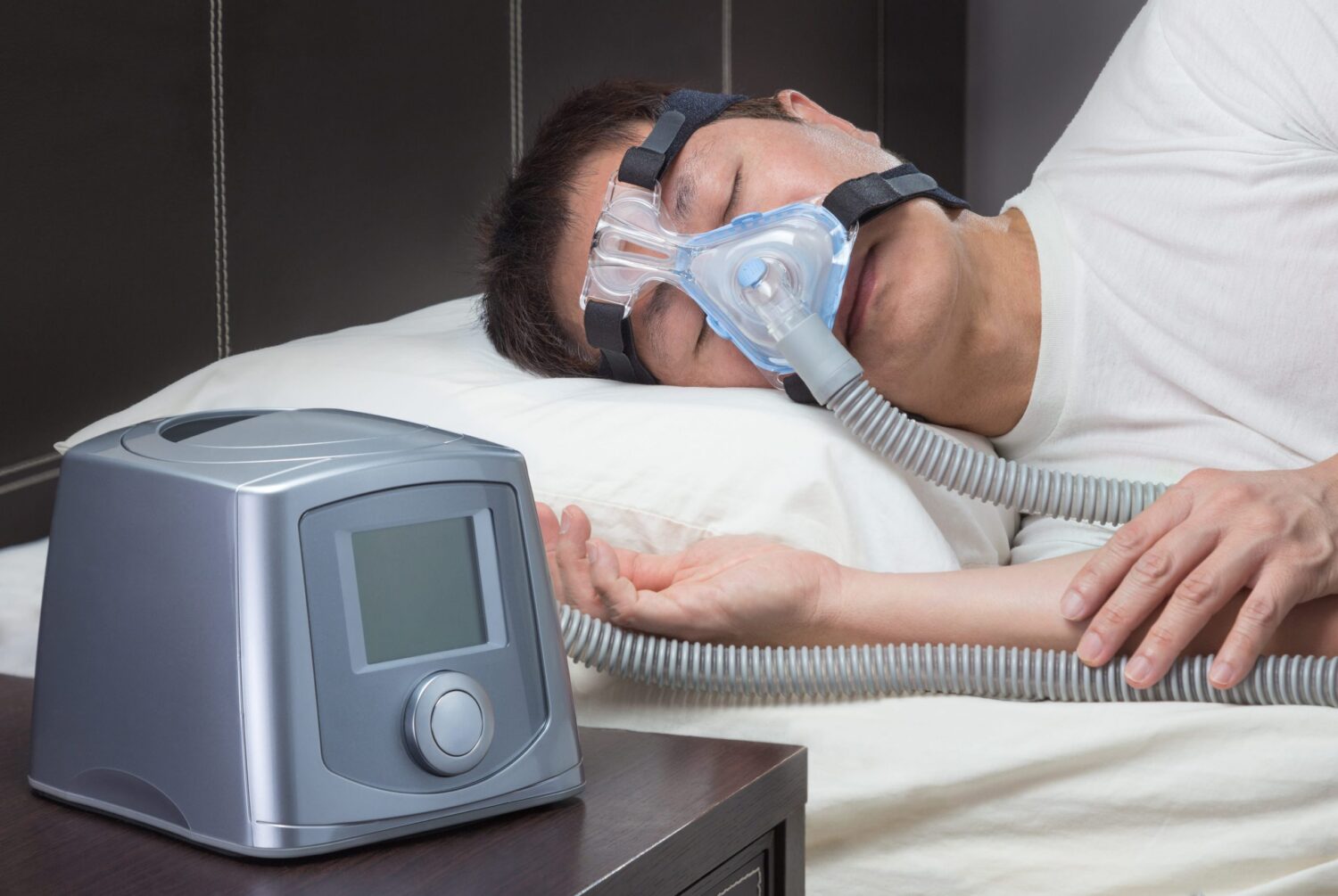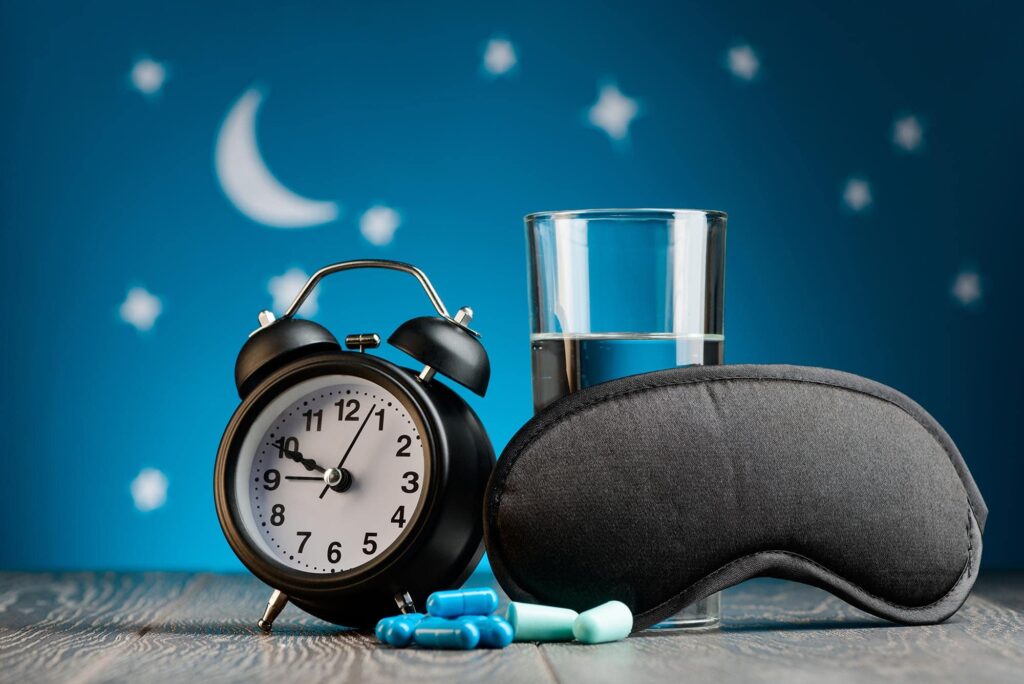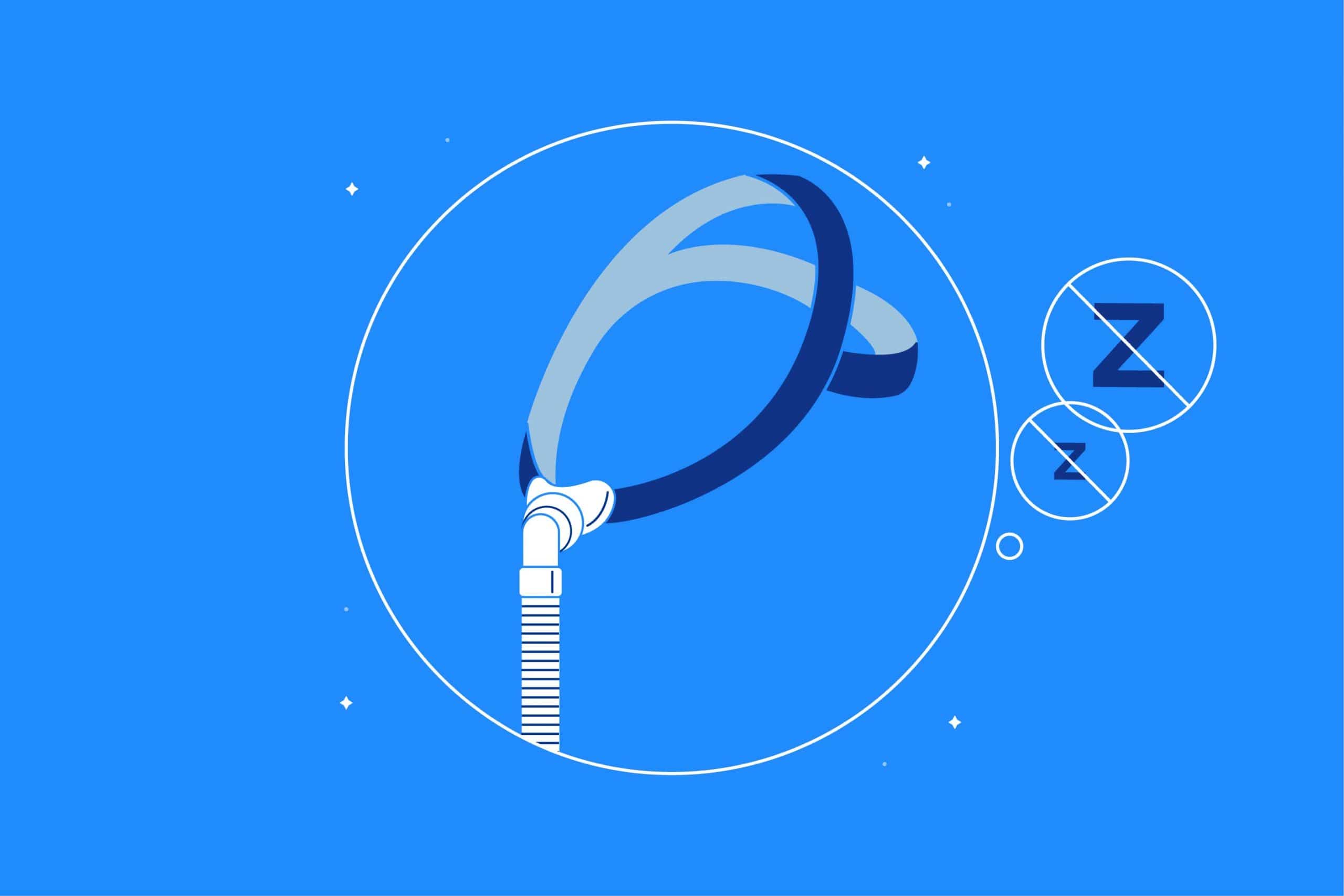For obstructive sleep apnea, continuous positive airway pressure (CPAP) therapy is a frequent treatment. To help you breathe while you sleep, a CPAP machine utilizes a hose linked to a mask or nosepiece to supply consistent and stable air pressure.
A leaky mask, difficulty settling asleep, a stuffy nose, and dry mouth are typical CPAP side effects.
You do, however, have alternative choices if a CPAP mask or machine does not work for you. Additionally, the majority of CPAP masks may be altered by store.airliquidehealthcare.com.au to increase comfort.
The following are 10 typical CPAP machine issues and solutions:
CPAP mask that is the improper size or type
Make sure you have a CPAP mask that fits correctly by working closely with your doctor and the CPAP supplier. Because everyone has a unique facial shape, you may not be able to wear a mask that is the proper size and style for someone else.

Change your mask.
There are several CPAP machine options. For instance, some have complete face masks with straps that straddle your forehead and cheeks and cover your lips and nose. These are effective if you like to breathe via your mouth when you sleep, but some individuals may find them claustrophobic. If you move around a lot while you sleep, they also provide a secure fit.
Other masks include straps that cover less of your face and nasal cushions that fit beneath your nose. These may feel less taxing.
Because certain nasal pillows don’t completely obstruct your vision as full-face masks do, they may be useful if you wear glasses or read while wearing the mask. If you move around a lot when you sleep or like to sleep on your side, this mask type may not be an option for you.
Be mindful of size.
Most masks are available in several sizes. You may not always be the same size in other masks just because you are a given size in one. Most CPAP masks can be adjusted.
To obtain the optimal fit, ask your physician or CPAP provider to demonstrate how to adjust your mask. You may also get instructions from the manufacturer of the device to assist you do this. A mask that fits correctly shouldn’t be painful or unpleasant.
Difficulty adapting to using the CPAP mask
Start by using the CPAP mask alone for brief periods of time while you’re awake, such while you’re watching TV. Then, when you are awake throughout the day, try donning the mask and hose while using the CPAP machine.
Start using the CPAP machine every time you sleep, even during naps, as soon as you become acclimated to how that feels. It could take longer to become acclimated to the CPAP machine if you just use it occasionally. To determine whether your mask and pressure are ideal for you, persevere for a few weeks or longer.
Trouble enduring forceful air
A machine with a “ramp” function could help you get around this. With this option, you may begin with little air pressure. As you go off to sleep, the machine then gradually and automatically raises the air pressure to the desired level. The rate may be changed by your doctor.
If this function is ineffective, speak with your doctor about switching to a device that continuously and automatically regulates the pressure while you sleep. An example is a bi-level positive airway pressure (BPAP) device, which increases pressure when you inhale and decreases it when you exhale (exhale).
A stuffy, dry nose
Make sure your mask fits comfortably. Your nose may get dry from a leaking mask. The mask does not fit correctly if you often have to tighten the straps to stop air leaking.
It may be useful to use a CPAP machine with a heated humidifier that connects to the air pressure machine. The amount of humidification may be changed. A dry, stuffy nose may also be relieved by using a nasal saline spray just before night.
Sensing constriction
While you’re still awake, practice wearing your mask. Just hold the face-only portion up to your face at first. Try wearing the mask with the straps once you’re at ease with that.
Next, try wearing the mask on your face without utilizing the straps and the associated hose. Activate the CPAP machine, maybe enabling the ramp function. Do this next while also utilizing the straps. Try sleeping with the mask and machine on one last time.
Progressive muscle relaxation and other relaxation techniques may help lessen CPAP-related anxiety.
Speak with your physician or CPAP provider if you continue to have claustrophobia. Trying a new form of mask, such as one that incorporates nasal cushions, or getting a different size of mask may be helpful.

Skin irritation, a leaky mask, or pressure sores
A leaky or poorly fitted mask prevents you from obtaining the necessary amount of air pressure and may irritate your skin. Your eyes may get dry or watery as a result of the mask’s airflow.
To get a better fit, try adjusting the straps and padding. If the mask covers your nose, check to make sure it doesn’t rest too high on the bridge, which might allow air to enter your eyes.
In example, if your weight has significantly changed, you may need to contact your CPAP provider for assistance in locating a new size mask. Alternately, try a mask with a different design, such as one with nose cushions. Inform your doctor right away if you get skin degeneration or sores, particularly on your nose.
Having trouble falling asleep
It could be easier to fall asleep at night if you wear the mask by yourself for a while during the day to get accustomed to how it feels.
You could feel more at peace in bed if the machine has a ramp option that gradually raises the air pressure to your desired pressure level while you go off to sleep.
It also helps to have healthy sleep habits in general. Regular exercise and avoiding coffee and alcohol before going to bed Try to unwind. Take a warm bath before bed, for instance. Do not turn in until you are exhausted.
Mouth dry
Some CPAP machines may make dry mouth worse if you sleep with your mouth open or breathe through your mouth at night. If you’re using a nasal mask, a chin strap could assist keep your lips shut and lessen air leakage.
You could also have success using a device that has a full-face mask that covers your mouth and nose. Another possible aid is a humidifier that connects to the air pressure unit and is heated by CPAP.









